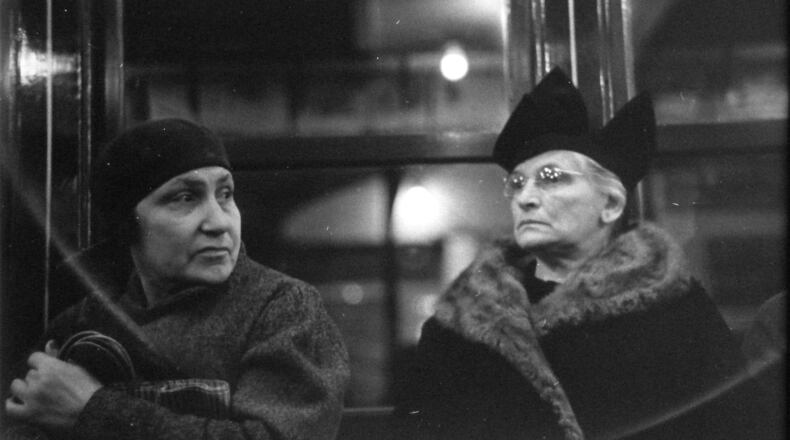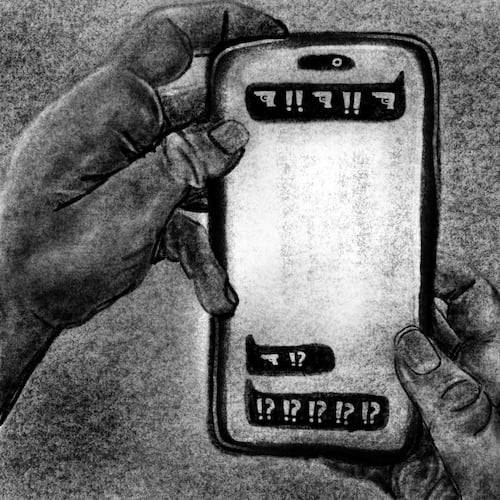ART REVIEW
“Walker Evans: Depth of Field”
Through Sept. 11. 10 a.m.-5 p.m. Tuesdays-Thursdays and Saturdays; 10 a.m.-9 p.m. Fridays; noon-5 p.m. Sundays. $19.50, adults; $16.50, students and seniors; $12, ages 6-17; free, children 5 and younger and members. High Museum of Art, 1280 Peachtree St. N.E., Atlanta. 404-733-4444, www.high.org.
Bottom line: A revealing show of a renowned artist's oeuvre, even for those familiar with Walker Evans' work.
Even if you don’t follow photography, you undoubtedly know Walker Evans’ work. Like Grant Wood or Edward Hopper, Evans’ images are part of the American consciousness: plainspoken, poignant portraits of Depression-era Americans that have complicated a Horatio Alger myth of ourselves.
Those searing portraits of Alabama sharecropper families commissioned by Fortune magazine (but never run) capture the lived history of this country for many ordinary Americans. But as the Evans retrospective “Walker Evans: Depth of Field” at the High Museum asserts, Evans was those images, and so much more.
What this insightful, even for longtime fans of Evans’ work, High Museum exhibition reveals is not just the shrewd documentarian Evans is best known as, but his roving eye, his modernist chops, his range and curiosity and also his wit as a keen observer of both humanity and the physical world’s absurdities. His camera became like a sitcom laugh track observing workers from across the street loading an enormous shop sign proclaiming “Damaged” into a truck bed in “Truck and Sign” (1930). “Depth of Field” also charts Evans’ significant creative progress, from early work in the late 1920s and later forays into color Polaroids in the 1970s.
Even today, Evans’ images of the truth behind an America wallpapered with advertisements filled with plenitude and bliss can feel revelatory. His juxtaposition of a gleeful couple beaming with happiness on a street poster flanking a black man whose body is turned to face them in silent conversation in “Street Scene, New Orleans” (1936) succinctly juxtaposes truth and fiction.
Penetrating American bedrooms, living rooms, barbershops and one-room tenant farmhouses and staring into the eyes of people who look like they’ve had something wrenched out of them, Evans reveals troubling dimensions to American life. Like the Pop Art Evans joked he invented by virtue of his fixation on signage, he lampooned the tawdry promises and ridiculous grandiosity of advertising when compared to the raw truth of people’s lives.
Evans’ America is a kind of bracing truth, seen in its clapboard houses and tired citizens. But at other times, it feels like another world. Evans’ dreamlike photographs of white-columned Louisiana plantation homes have the same haunted, otherworldly feeling of Sally Mann’s eerie Southern landscapes.
There’s a lot of gorgeous serendipity in this far-ranging work. Evans’ secret, stolen images of subway riders he shot with a 35 mm camera hidden under his topcoat are magical, capturing people unawares, bathing them in a cloak of shadows and the occasional twinkling glow of a passing subway light. Those images, like other Evans portraits, often feature a degree of headspace above his subjects, which gives the impression of a kind of thought bubble above them, a sense of contemplation while also lending poignancy, a feeling of a solitary identity swimming in the great fracas of city life.
Evans’ images of the formalist architecture of New York are similarly crackling with magic, as with his vertiginous view of the underside of the Brooklyn Bridge rising like a god out of the clouds. In images of barges and bridges and the magnitude of city life Evans paid dutiful tribute to a formative American landscape both gritty, man-made and chimerical, mythic.
RELATED: Noguchi sculpture finally comes home to High Museum
Vitrines placed in the center of the gallery show Evans’ influences: Eugene Atget and August Sander, Europeans who also specialized in penetrating images of city life and its inhabitants. A surprising showing of Evans’ late-in-life color work in Polaroids summarily whisks Evans out of his own ‘30s-era sharecropper-centric box and fleshes out a vision of an artist exploring photography and his own potential.
About the Author
Keep Reading
The Latest
Featured



